In just four months, Figure AI's Figure 02 robot has transformed from a "careful intern" to a reliable warehouse worker, marking a breakthrough in the race to automate labor.
This rapid transformation has not only stunned the tech world, but also heralded a future where humanoid robots will soon become real coworkers of humans.

Figure 02 knows how to change operations to complete the job faster.
In February this year, Figure 02 was first seen working in the warehouse in a short video , taking about 5 seconds to handle a package, including gently lifting plastic bags and cardboard boxes off the conveyor belt with careful movements.
The one-minute clip proves the robot can see, grasp, and turn unfamiliar packages, but its slow pace makes it look more like a novice than a helpful co-worker.
After just a few months, the working speed of the Figure 02 robot is almost equal to that of a human.
Four months later, the same robot has set a completely different record. The hour-long uncut video released on June 7 shows Figure 02 maintaining its work position without stopping, sorting and scanning barcodes of a steady stream of parcels.
The core Helix system now processes each package in about 4.05 seconds, a 20% speedup despite the significantly increased mission difficulty.
Figure AI says the leap comes from both more data and deeper models. The training demonstrations increased sixfold, from 10 to 60 hours, giving Helix more examples of real-world scenarios like awkward obstacles, awkward shapes, and lighting problems. On top of that massive data set, engineers added visual short-term memory and force feedback modules.
Memory allows the neural network to remember when it has seen each part of the barcode at a glance and plan the rotation to scan the code, while force signals act as rough tactile sensors, guiding gentle grasps and quick releases.
These adjustments are most apparent with soft parcels. In addition to standard cardboard boxes, the robot can now handle plastic bags that can deform and flat envelopes that can stretch, wrinkle, or fold when gripped.

Figue AI "shows off" its robot's achievements on social network X
Helix allows the humanoid robot to flexibly change strategies, picking up thin letters, soft plastic bags to flip them, and patting the bubble wrap to be able to scan the wrinkled label on the surface.
As a result, the rate of packages ready for barcode scanning jumped from around 70% to nearly 95%, without slowing down the goods processing conveyor.
Perhaps more intriguing is the evidence that these operations can generalize. With just a few additional examples, the robot learned to recognize a human worker’s outstretched hand and use it as a signal to hand off a package instead of placing it on the conveyor belt, without requiring a separate handoff command.
For now, the demonstration is more of a memorable step than proof of mass deployment. But it does show a clear trend toward developing humanoid robots.
Figure AI, along with rivals like Tesla Optimus, Agility Digit, Apptronik Apollo and Unitree H1/G1, are betting that steady increases in data and network design will close the gap and eventually turn slow robot prototypes into reliable workers who can work alongside humans throughout the workday.
Source: https://khoahocdoisong.vn/robot-hinh-nguoi-tien-hoa-de-hoan-thanh-som-kpi-post1548805.html









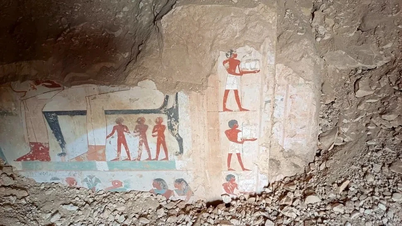



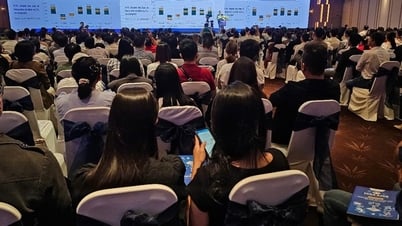







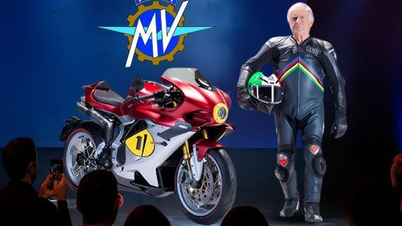

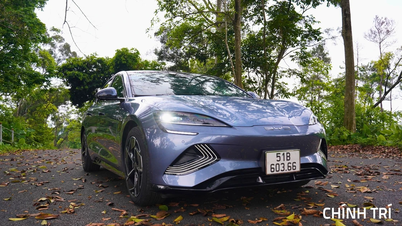




















































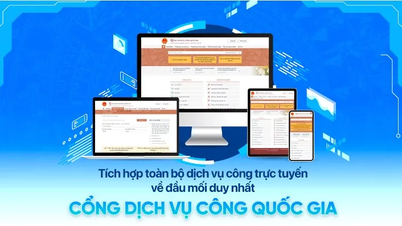



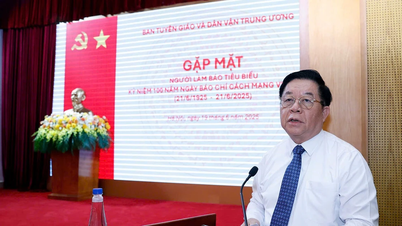

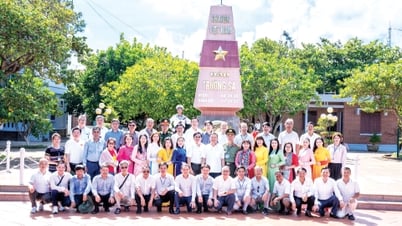

















Comment (0)